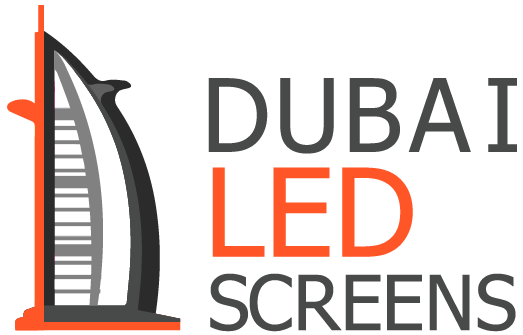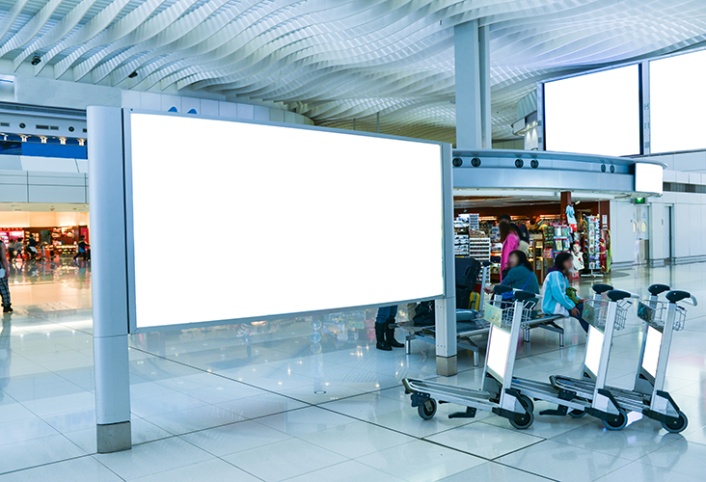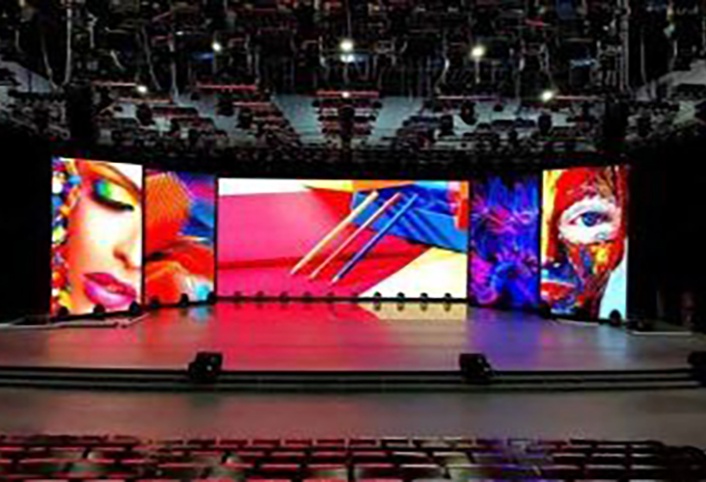In the rapidly evolving landscape of education, technology plays a pivotal role in shaping the future of learning. Among the myriad of technological advancements, LED (Light Emitting Diode) screens stand out as a game-changer, offering unparalleled benefits that are transforming classrooms worldwide. This article delves into the multifaceted impact of LED screens on educational institutions, exploring their advantages, innovative applications, and the potential they hold for enhancing the educational experience.
The Rise of LED Technology in Education
LED screens have emerged as a beacon of innovation in the educational sector, providing a dynamic platform for teaching and learning. These advanced displays offer high brightness levels, vibrant colors, and crisp images, making them ideal for creating engaging learning environments. Unlike traditional projectors or whiteboards, LED screens can be easily integrated into existing classroom setups, offering flexibility and versatility in content delivery.
Advantages of LED Screens in Education
The adoption of LED screens in educational settings brings several key advantages:
- Enhanced Visual Experience: LED screens deliver superior visual quality, with sharp images and bright colors that captivate students’ attention and facilitate better understanding of complex concepts.
- Interactive Learning: With the integration of touch screen capabilities, LED screens allow for interactive lessons, enabling students to engage with educational content in a more hands-on manner.
- Cost-Effective: Compared to other display technologies, LED screens offer a cost-effective solution for schools and universities looking to upgrade their teaching facilities without significant investment.
- Durability and Longevity: LED screens are built to last, withstanding heavy usage over extended periods, making them a durable choice for educational institutions.
Innovative Applications of LED Screens in Education
Beyond serving as a replacement for traditional blackboards or projectors, LED screens open up a world of creative possibilities for educators. Here are some innovative ways LED screens are being utilized in educational settings:
- Collaborative Projects: LED screens enable real-time collaboration among students, allowing them to work together on projects and presentations, fostering teamwork and creativity.
- Virtual Field Trips: Schools can organize virtual field trips using LED screens, bringing distant locations and historical sites right into the classroom, enriching the curriculum with immersive experiences.
- Language Learning: For language classes, LED screens can display subtitles or translations in real time, aiding comprehension and facilitating bilingual conversations.
- STEM Education: In science, technology, engineering, and mathematics (STEM) subjects, LED screens can simulate experiments and demonstrations, providing students with a safer and more accessible way to explore scientific principles.
The Future of LED Screens in Education
As technology continues to advance, the role of LED screens in education is poised to expand even further. The integration of AI (Artificial Intelligence), IoT (Internet of Things), and AR (Augmented Reality) technologies with LED screens promises to create even more immersive and personalized learning experiences. Educators will be able to tailor content to individual student needs, adapt lesson plans based on real-time feedback, and leverage augmented reality to bring abstract concepts to life.
Conclusion
LED screens represent a significant leap forward in educational technology, offering a blend of interactivity, durability, and visual appeal that enhances the learning experience. As we move towards a more digital and connected world, the importance of adopting such innovations cannot be overstated. By embracing LED screens, educational institutions can prepare students for the challenges and opportunities of the future, ensuring they are equipped with the skills needed to thrive in an increasingly digital society.
In conclusion, the integration of LED screens into educational settings is not just about upgrading technology; it’s about revolutionizing the way we learn and teach. By leveraging the full potential of these innovative displays, educators can create engaging, interactive, and effective learning environments that inspire students to reach their fullest potential.





